Flax was traditionally grown as a crop in the Netherlands, and Dutch linen was one of the most sought-after for a long time because of its good quality. Today that is no longer the case. Therefore, in 2018, Crafts Council Nederland, in cooperation with the Fashion Design Master of ArtEZ University, initiated ‘The Linen Project’ to revive the economic viability of local flax cultivation and linen production in the Netherlands, while transforming it in a sustainable way.
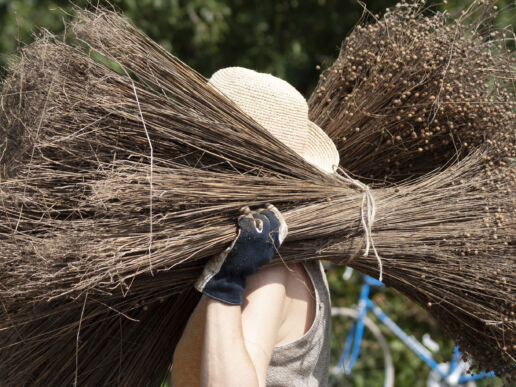
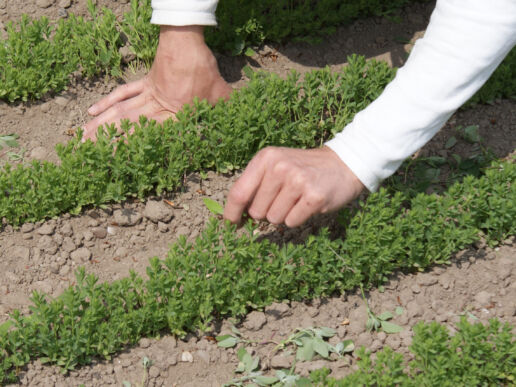
The Linen Project aims to change and challenge thinking in a multidisciplinary way across fields and sectors – agriculture, history, heritage, (landscape)
architecture, fashion, food, crafts, design, contemporary art, economics, innovative business. After all, the whole world is changing. On the one hand, people are more digitally connected to each other than ever before. But at the same time, there is a growing interest in connecting to the products we use and consume every day and how they are made. How and where are our roots? How can we reconnect with deep human values and ancient knowledge and skills? The Linen Project explores the tradition of linen production in the Netherlands and drives the exchange of different values, knowledge, skills and competences across industry boundaries.
Learning by doing is the motto of the project: prototypes of new economic, social and cultural ecosystems are created in a dynamic environment, demonstrating the vital importance of (biological) diversity. The production process involves only four steps – the flax from 2019, for example, was grown on the Lingehof near Arnhem (NL), mechanically processed by Van de Bilt Zaden en Vlas in Sluiskil (NL), spun in Poland and woven into linen by Enschede Textielstad in Enschede (NL). In the process, “old” knowledge meets new technologies, so that future production is based on and builds on a restored connection between people and nature.
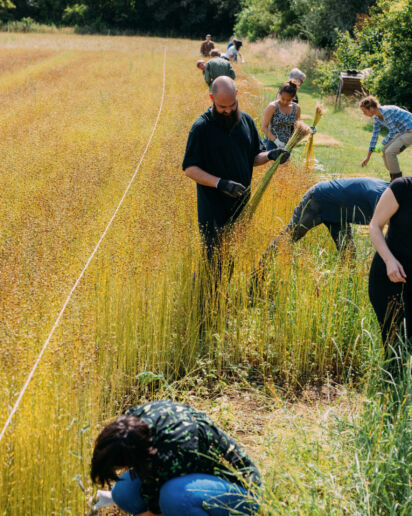
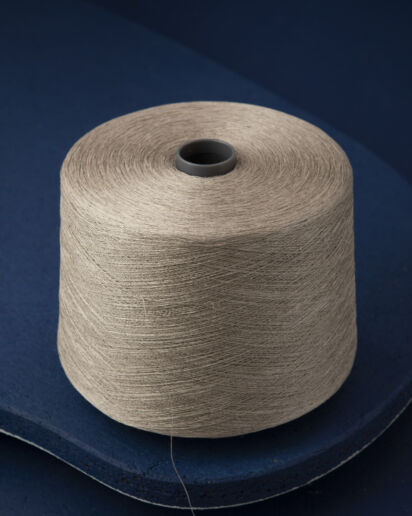
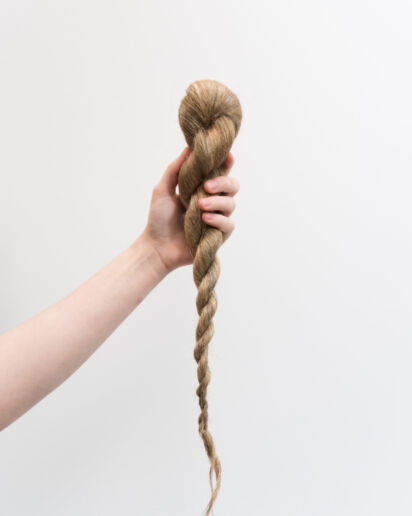
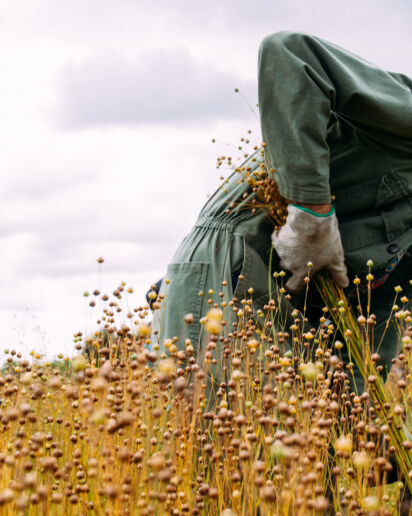
“The Linen Project is our collaborative effort to understand the making of local textiles and experience the beauty of it. This is a shared journey where we, learning by doing, rediscover our relationship with nature and each other.”
WILLEMIEN IPPEL, CO-FOUNDER CRAFTS COUNCIL NEDERLAND
———————————————————————–
THIS ALSO MIGHT BE INTERESTING FOR YOU
The Power of Data: Understanding How Data Tackles Challenges in the Textile Industry
31. January 2025
Data might feel intimidating for the fashion and textile industry, but it holds the power to unlock transparency, boost efficiency, and spark innovation...
MUNICH FABRIC START & BLUEZONE – Essence of Innovative Design & Smart Strategies in Challenging Times
24. January 2025
FLORESCENCE describes the phase in which plants reach their full bloom and is used as a general metaphor for the process of blossoming.
Additionals Trends Spring.Summer 26 – Part 8
20. January 2025
Trims and packaging are branding items we shouldn’t take for granted – they are a signature that transforms the ordinary into the unforgettable.




